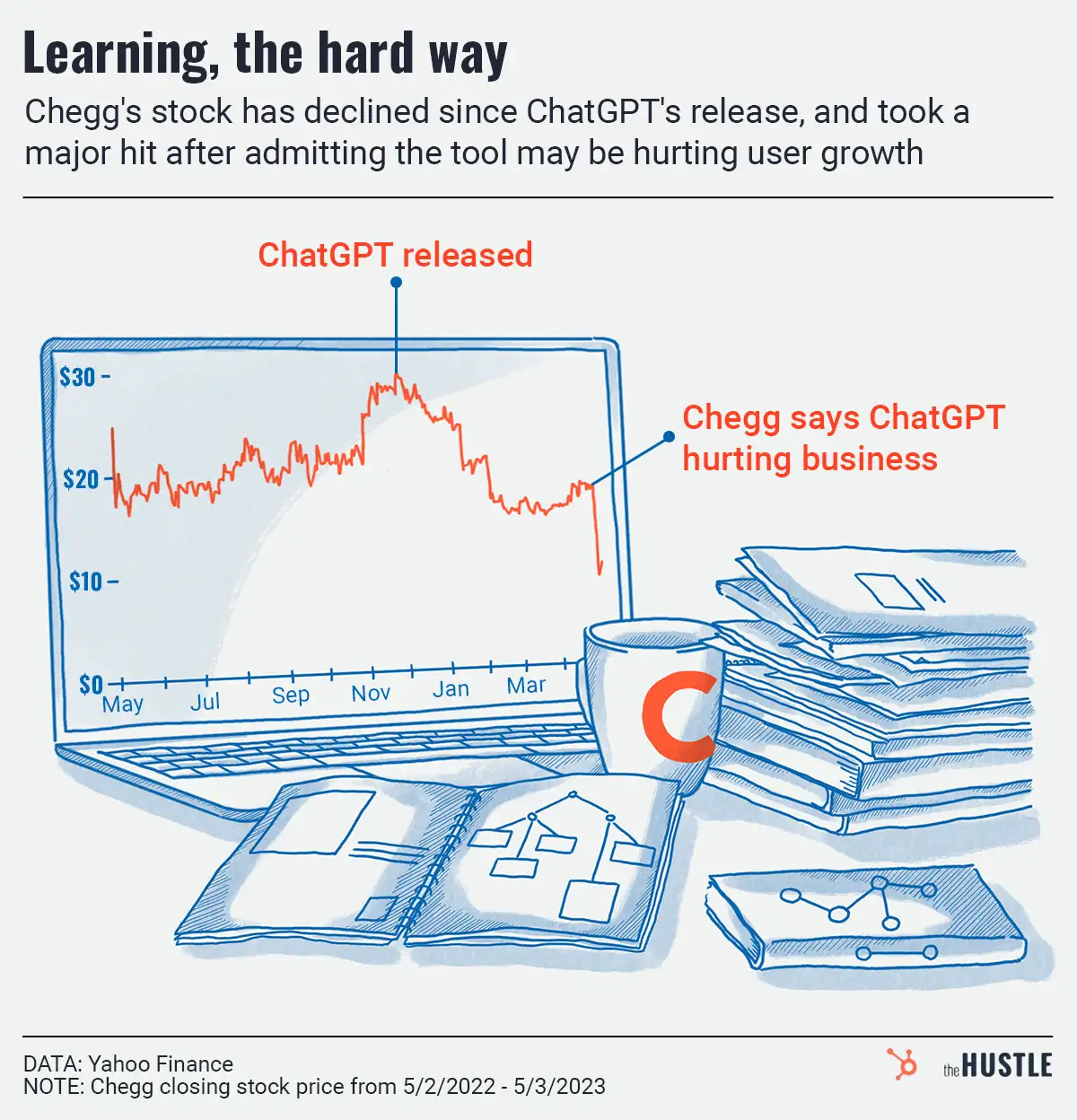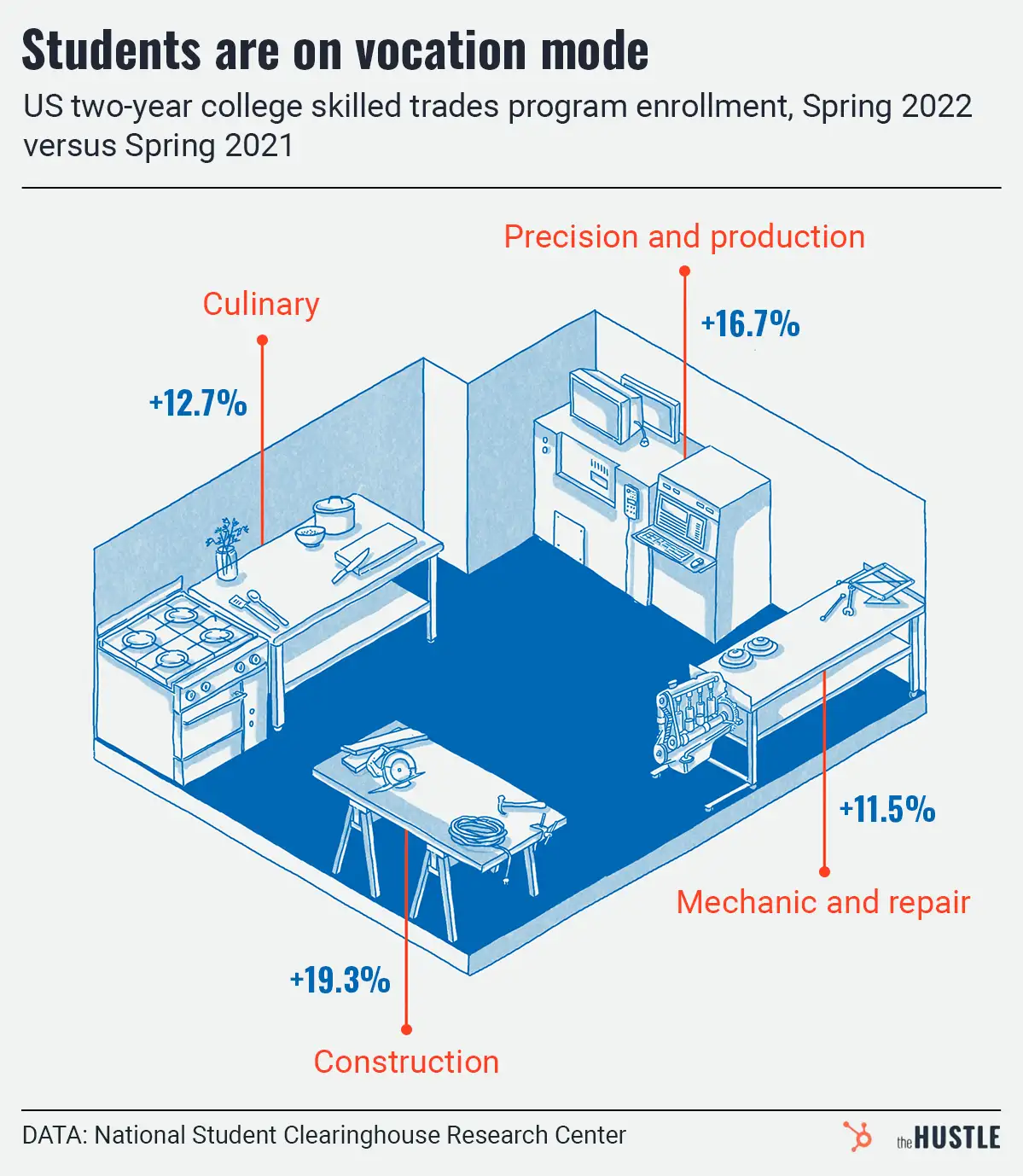Academia and industry have some stark differences — but a new trend in higher ed is straight out of the corporate playbook.

There have been 95 college mergers in the past four years, 21% more than in the previous 18 years, per The Wall Street Journal.
Why would colleges merge?
Like most things in business, it starts with supply and demand. Demand for college degrees has been falling due to:
- Rising prices: The student loan crisis has caused many parents and students to question the economics of a college education.
- New alternatives: Tech firms like Google, Microsoft, Coursera, and Teachable offer courses for a fraction of the price.
Another reason? National sentiment around college is shifting. In 2019, only 51% of US adults said they considered a college degree to be “very important,” compared to 70% in 2013.
But not all schools are struggling
Brand-name schools and state schools are doing just fine. It’s the community colleges and smaller, less prestigious private schools that are getting hit the hardest.
One example is Mills College, a historically all-women’s school near Oakland, California — not far from Silicon Valley. This proximity made the school a target for Northeastern University’s M&A team when Mills announced it would close in March 2021.
The deal looks like a no-brainer:
- Northeastern took on Mills’ $21m worth of liabilities and invested $30m to continue the school’s feminist legacy. In exchange, it got Mills’ land, estimated at ~$1B, its $191m endowment, and an art collection featuring works by Winslow Homer.
This is just the beginning
When the pandemic swept the country in 2020, the US government dropped $76B to help colleges avoid financial peril. While the short-term solution helped, it’s also allowed struggling schools to delay the inevitable.
Robert Zemsky, a professor at the University of Pennsylvania, suggests 500 four-year colleges and universities may close in the near term.
In other words — a lot more acquisition targets.










